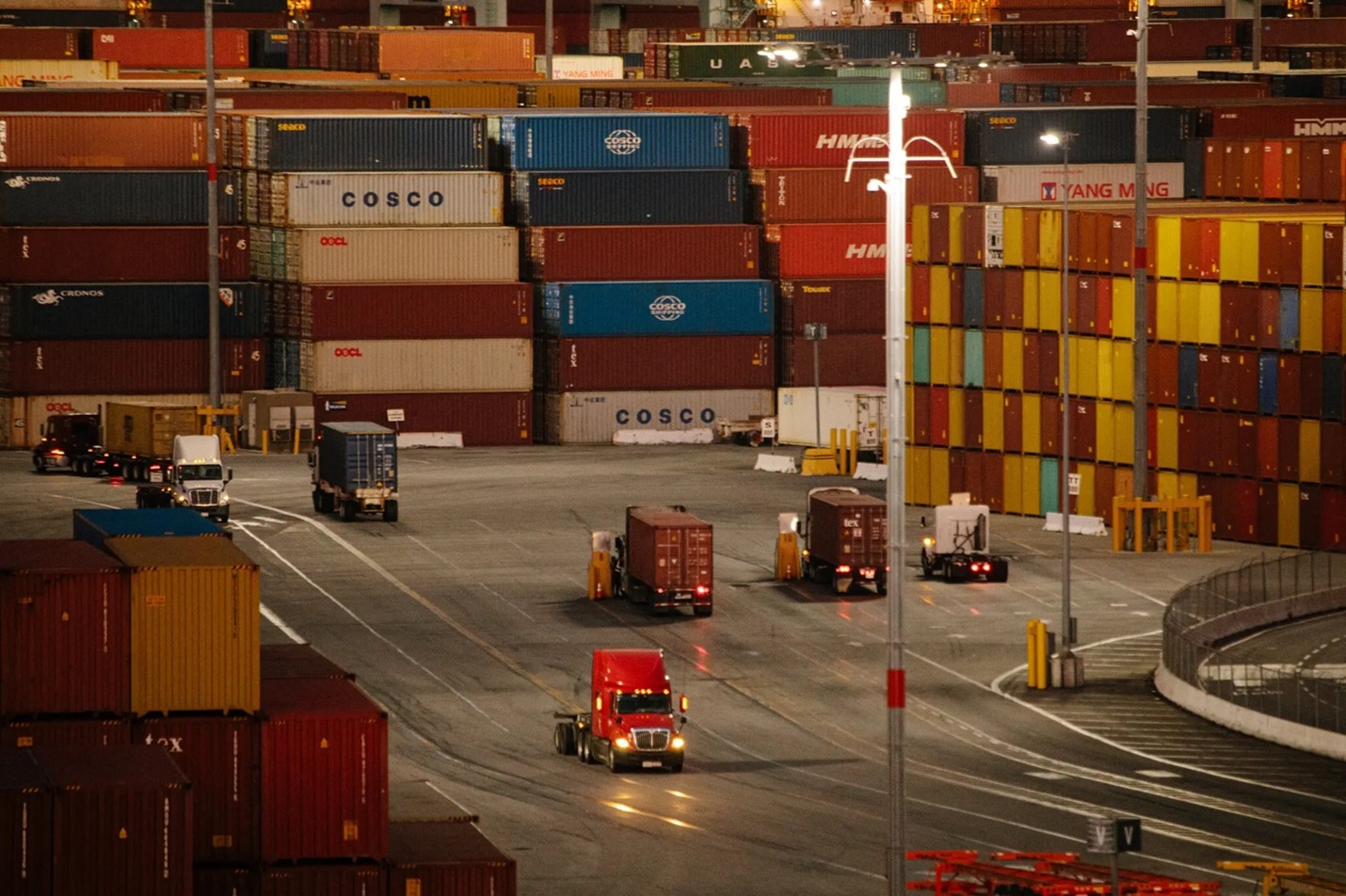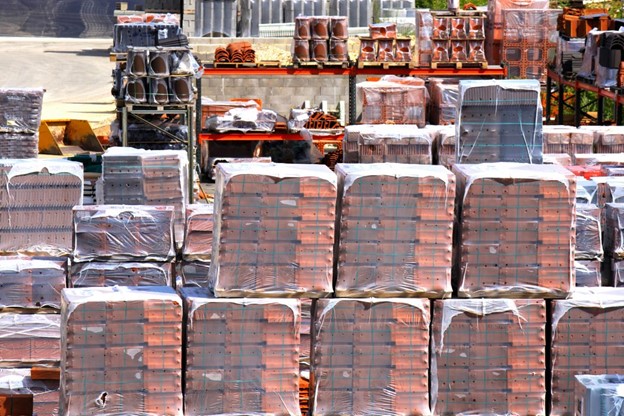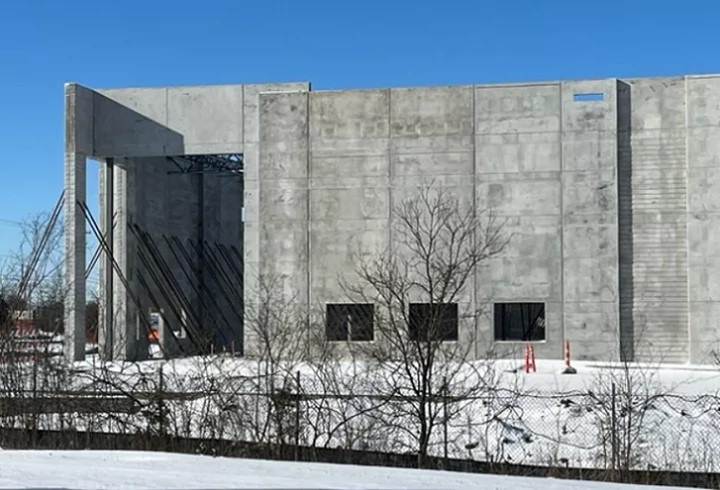

Supply chain disruptions continue to challenge the global economy. Even as our nation reemerges from the COVID-19 pandemic, labor shortages, inflation, and geopolitical conflicts--including the war in Ukraine--have added pressures to an already strained system. Recently, the New York Times reported that a return to normalcy for the supply chain was unlikely in 2022--and we agree.
That's why, as one of the leading program and construction management firms (PMCM) in the nation, McKissack & McKissack has developed a series of supply chain strategies and solutions to address these issues, which range from forecasting demand and managing inventory for construction schedules to conducting constructability reviews. But to make this issue a national effort that captures issues in real-time, we introduced anew companywide supply chain strategy this summer. Ironically, it starts with a simple low-tech version of a bulletin board, created in our teams’ project management system to lend it mighty, high-tech potential.
While we launched our effort to build this robust bulletin board only a few months ago, we have already gained valuable insight into supply chain shortages and are helping owners make timely budget, scheduling and material decisions to avoid or mitigate delays. As we continue to gather data from all our projects from coast-to-coast, we will enhance our ability to assess whether certain parts of the architecture, engineering and construction (AEC) industry are seeing substantially more product delays than others, identify cutting edge tools and resources that will help us better understand the issues involved and discover new ways to proactively manage and ideally solve supply chain challenges.

Managing SupplyChain Shortages Far and Wide
Material delays, delivery mistakes, labor challenges, equipment malfunctions and other difficulties that hamper schedules are nothing new in the AEC industry, but never before have we witnessed supply chain issues affect virtually every aspect of construction. Consistent shortages of copper, lumber, cement and components—from mechanical and electrical equipment and plumbing pipes and fittings to windows, doors, fixtures, cabinets, hardware and appliances are just a small sample of the materials and items that are causing construction delays.
At one particular jobsite for a school system, where we are the project manager, we faced a hard deadline because school starts again in the fall and construction had to be done by then. But the inability to secure concrete and asphalt and a labor strike, both of which were directly related to supply chain issues, forced us to conduct a schedule crash. This process looks at all options to get a schedule back on track, from the cheapest to most expensive options. Ultimately, the best and most effective solution necessitated us to schedule substantial amount of overtime hours—270 in fact—during the workweek and on weekends to complete the infrastructure and concrete work the project required—jobs that required empty facilities to execute. Landscape work, which could be done with classes in session, was postponed until the fall.
Similarly, at a luxury multifamily project we are overseeing, the owner faced several supply chain challenges. Although we could not get concrete or asphalt, we were able to source it from other areas and incur only modest delays. But a 12-month wait for a specific luxury refrigerator due to material delays, which the owner had promised future renters was a coveted amenity, was a significant issue. A risk assessment showed delaying occupancy would rack up a significant sum in lost revenues. Instead, we have equipped the units with rented refrigerators until the promised luxury versions can be delivered and installed in the units.
More broadly, shortages of precast components, from exterior wall panels and duct trusses to and manhole covers and storm water culverts are also plaguing the AEC industry. That has required us to cast concrete in place, which includes building the form, pouring the concrete and waiting for it to cure.

Auditing Supply Chain Glitches Helps Allay or Avoid Significant Problems
Without a doubt, the challenges and solutions noted above have helped us sharpen our supply chain and construction management skills. But this education becomes much more valuable if others can learn from these experiences. This is why McKissack has created a company-wide supply chain channel that functions as a bulletin board to post issues and solutions. It’s a simple, elegant and effective idea that is national and digital.
We ask team members to include all relevant content. Everyday experiences are welcome, as are news articles, white papers and other reliable information they come across that highlight potential supply chain pitfalls and courses of action to mitigate delays as expediently and cost-effectively as possible. Many minds are always better than one or a few.
Not only does our bulletin board provide manufacturers, contractors, subcontractors, project managers and risk management teams with supply chain and labor information they need to keep projects on schedule, but in turn, it also gives them a forum to share their experiences for the benefit of McKissack and our clients. Noting these issues in our “bulletin board” system gives our team region-by-region knowledge supply chain issues we face wherever we work and mitigate issues not just in real-time but before they occur.
Finding Solutions to Supply Chain Issues in Every Quarter of Our Company
From the accounting to scheduling, we are having all departments contribute to the bulletin board. Why? Some of the best information is coming from unexpected sources. Accounting has a grasp on material, supply and labor costs, letting us know what to expect in every area of the country. Some materials that were once on a six-month delivery schedule are now taking eight months or even longer and in some cases, manufacturers and suppliers are only doing business with AEC and PMCM firms that appear on a list of preferred customers. Knowing this information has allowed us to adjust our ordering process and the timing of construction phases.
Thanks to this system, we are leading constructability reviews with better and more relevant information. That is giving us the ability to make sound recommendations to architects and owners, blunting the impact of anticipated supply chain problems as early as the design stage. It also helps us manage expectations by phasing the scope of work to accommodate shortages and substitutions.
To date, the bulletin board is providing valuable insights and allowing us to proactively address supply chain issues. As we continue to build this supply chain knowledge base, we can develop practical strategies and solutions and help clients early in the construction process understand where supply chain snags exist and their potential impact on schedules. That will not only better position our clients for success, but it will also strengthen our value proposition.